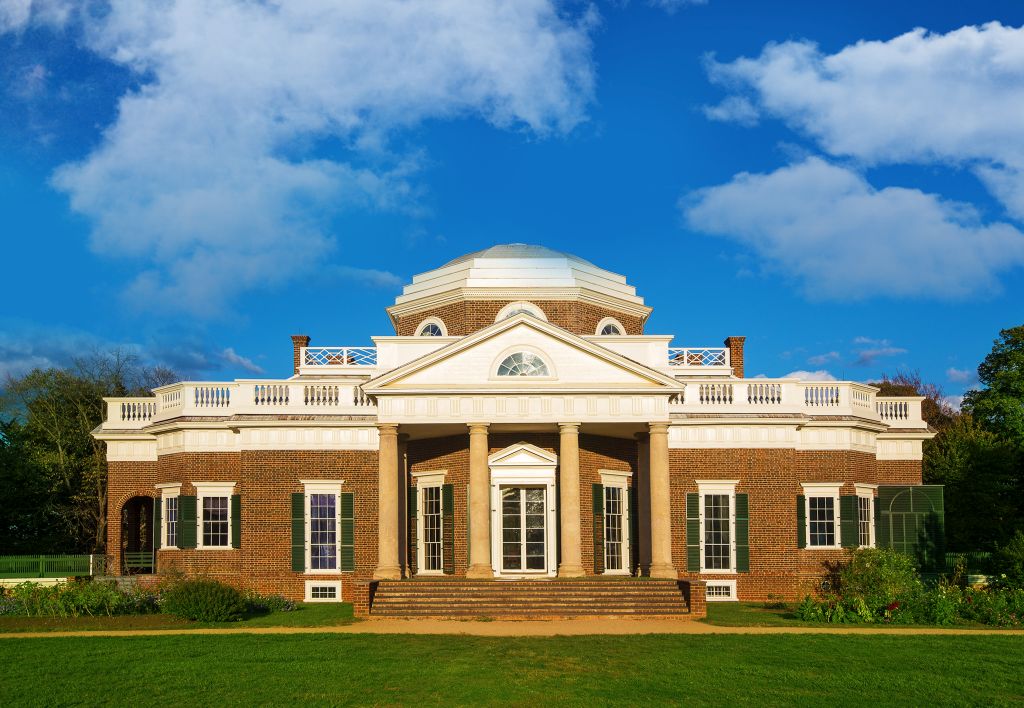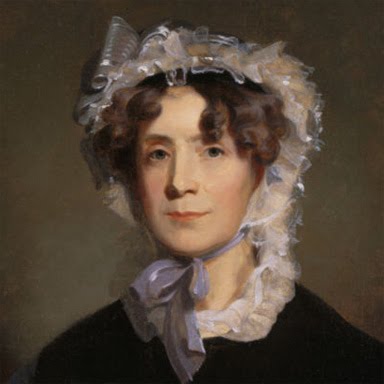The complexities of race in early America had deep ramifications for the daughters of one of its most important citizens.
-
Fall 2019 - George Washington Prize Books
Volume64Issue5

Summer 1789
It was a deceptively quiet Sunday in Paris. The Ivery air of these summer months seemed laden with menace, as news of peasant revolts in the countryside filtered into the city and apprehensive Parisians watched the king position his troops to defend it. Political tumult had convulsed the city that summer as well, as the king, nobles, and bishops had stridently resisted the urgings of commoners to join them in their newly formed National Assembly. But finally, in a clear nod to the people's will, Louis XVI conceded and a crisis appeared to have been averted. As the carriage of Thomas Jefferson, American minister to the French court, rattled through the streets that day, he was confident that with its “victory ... complete," the assembly was “in complete and undisputed possession of the sovereignty."
Unbeknownst to Jefferson, however, that very day infuriated aristocrats had forced the king to back pedal. As “news of this change began to be known at Paris about 1 or 2 o'clock,” Jefferson later recalled, the city began to stir again. Passing through the elegant Place Louis XV (now the Place de la Concorde), Jefferson saw, with a start, three hundred mounted German and Swiss mercenaries amassed along one side. Along the other, an angry crowd had gathered and “posted themselves on and behind large piles of stones, large and small, collected in that place for a bridge which was to be built adjacent to it.” Jefferson found himself in the thick of it. No sooner had he passed through than their fury erupted, as the people pelted the cavalry with the rocks. On the front lines, the Germans drove their horses toward the crowd but were resolutely beaten back. Leaving one of their number dead, they abandoned the square. It was, Jefferson recognized in retrospect, “the signal for universal insurrection.” Two days later, on July 14, another Paris crowd would storm the Bastille to arm themselves for the fight.
Jefferson had been in Paris since 1784. After his wife's premature death, Congress had asked him to represent the United States at the peace table with Great Britain, and he grasped at the appointment as a drowning man would a rope. Escaping the painful memories etched into the very landscape of his home at Monticello, Jefferson crossed the ocean to France with his twelve-year-old daughter, Martha. Three years later, Martha's younger sister, Maria, joined them, accompanied by her slave, Sally Hemings.
By that fateful summer of 1789, Paris had changed them all. Famous for his role in drafting the American Declaration of Independence, Jefferson was sought after by French revolutionary moderates who persuaded him to host meetings as they hammered out their ideas to reform their government. But Paris was also the place where he had adopted the aristocratic wigs and elegant silk suits made fashionable by the French, and where he had fallen in love with their art, architecture, furniture, and books.
Like her father, Martha took an eager interest in the political ferment. Sporting a revolutionary cockade, she was the envy of her friends when General Lafayette, riding through the streets of Paris, recognized her with a chivalrous doff of his hat. Even little Maria was changed. Initially left behind in Virginia, she had not wanted to go to Paris when Jefferson wrote to have her join him. But once arrived, the nine-year old became so acclimated to the beauties of Paris that she broke down in tears on their return to Virginia as she surveyed the burnt-out ruins of Norfolk, their port of arrival.

Sally Hemings had learned how to care for Jefferson's silk suits and linens, as well as the fashionable clothing of his daughters. She also learned French. By this pivotal moment in French (and Jefferson family) history, then, she had learned marketable skills and had seen the possibility of a way of life that was different from the slavery she had known in Virginia.
In the fall of 1789, however, she would agree to join Jefferson and his daughters as they boarded the Clermont, bound for Virginia. But what kind of nation awaited them? As the newly elected president, George Washington, assembled his government, he faced the challenge of transforming the political system inscribed on paper in the Constitution into a working and workable government. Chief among the questions to be resolved was who, exactly, was included in the ringing phrase "We the People” with which that document opened. In this age of revolutions, the idea of independence did not only refer to a national government, free of monarchical ties. It also meant individual self-determination. But who was eligible to claim that right? More particularly, what changes might the American Revolution begin to affect, especially for women, free blacks, and slaves?
As the Jefferson party sailed home, they would have pondered these questions in very different ways. But Paris remained imprinted upon them all forever, shaping the courses of their lives and the choices they would make.

